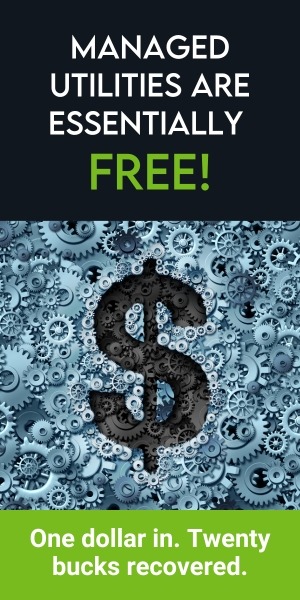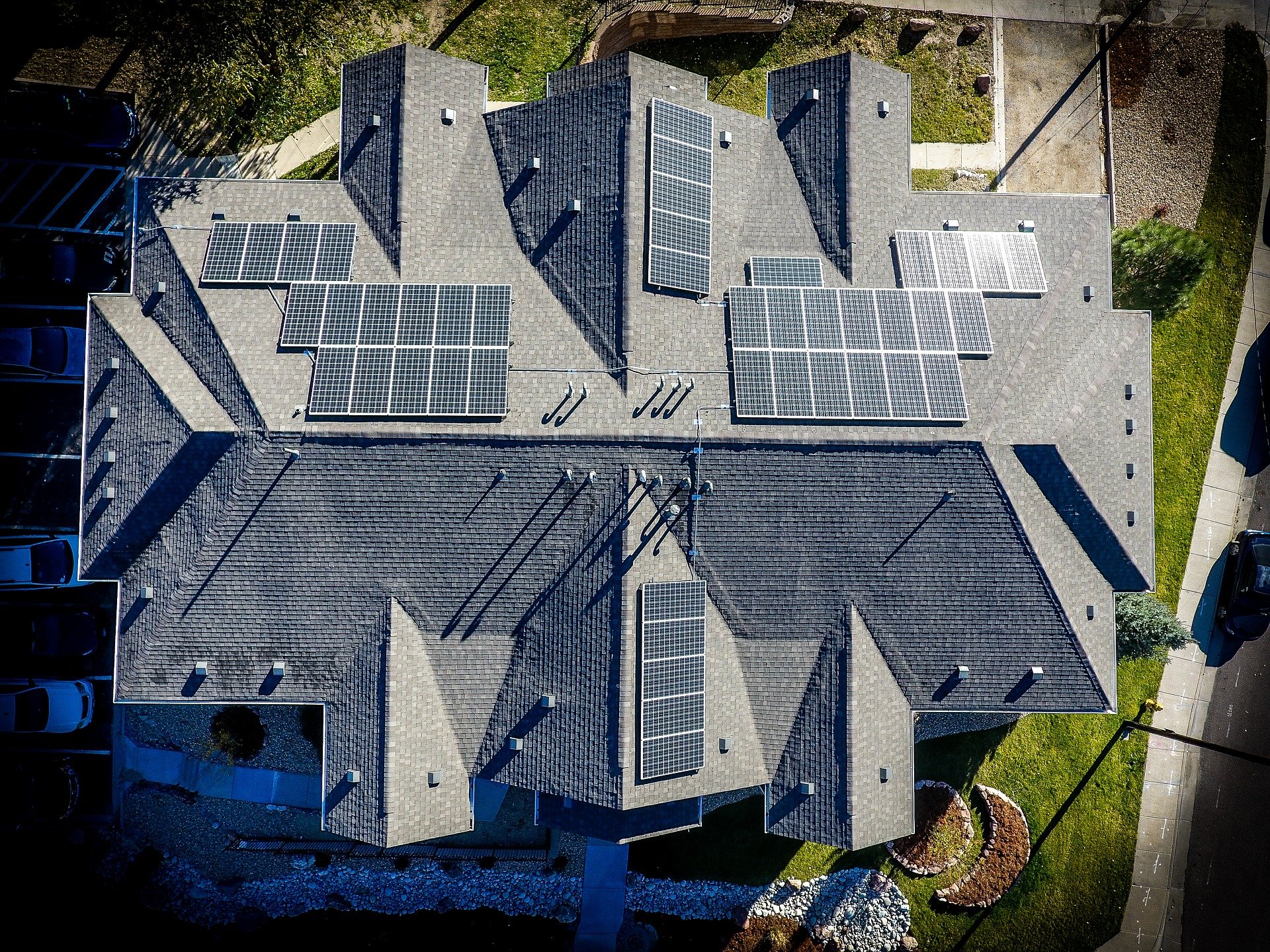It’s a mixed shopping bag for shopping center operators, property managers, and retailers this holiday season. While vacancy rates are at a 15-year low and shoppers have returned post-COVID, the ongoing labor crunch resulted in longer wait times on Black Friday, and many retailers have been forced to shorten their store hours for the entire season. Meanwhile, rising utility costs are increasing overhead for at least the near future.
That’s especially bad news for shopping centers, which can consume as much as 650 kWh per square meter per year–16 times more energy than an energy-efficient office building according to one estimate. And, of course, that consumption tends to spike during the holiday season, thanks to lighted displays and extended hours.
Around the world, higher seasonal energy prices have forced shopping areas to take new energy efficiency measures. For example, London’s Oxford Street shopping district hopes to cut its energy use by two-thirds by switching to LED lighting and turning Christmas displays off at 11 p.m. Then there’s the town of Borno, Italy. This season, its Christmas tree is being illuminated using batteries powered by residents pedaling on stationary bicycles–a clever (if extreme) way to exchange human calories for lower energy costs.
But pedal-powered solutions aren’t going to cut it for retailers, who are in a particular bind this season. Department stores depend on fourth-quarter sales to generate more than 35% of their yearly business, so it’s essential that they deliver a suitably festive in-store experience to attract shoppers who might otherwise buy online. At the same time, one million retail jobs remain unfilled, according to Deloitte, which could lead to poorer service and longer checkout lines. On top of that, energy costs are spiking at just the wrong time.
To maximize sales and margins, stores have two imperatives. First, they need to focus on delivering a superior customer experience during this busy season despite leaner staff. And second, they need to keep operating expenses down to offset energy costs that, in a worst-case scenario, could be up to 51% higher between now and March.
Doing both won’t be easy. But as a shopping center operator or property manager, you can support your tenants through the holiday season – and lower your own overhead – in a variety of ways.
.jpg?width=1200&height=300&name=Shopping%20Center%20Blog%202%20(1200%20%C3%97%20300%20px).jpg)
First, pick the low-hanging fruit. If you haven’t done it already, be sure to take the following steps to make a serious dent in your energy costs:
- Upgrade your lighting fixtures to LED. Doing so can lower your lighting costs by as much as 90%.
- Adjust your operating hours. Now that we’re largely post-COVID – and it is the holiday season – you may feel it necessary to extend your hours. Instead, measure and analyze your shopping center foot traffic and see whether those additional hours are actually paying off. If not, cut them back a bit, and you’ll save more in energy than your stores lose in revenue. Shorter hours will also help retailers manage staffing better.
- Ensure your HVAC systems are up to date on service. If it’s been more than a year since they were last serviced, they might not be working as efficiently as they should be.
- Install motion detectors. While not suitable everywhere on your property, a small investment in strategically located motion detectors can reap significant savings, as lights are switched on only when they’re needed.
If you’ve maximized those energy-saving opportunities, then it’s time to think seriously about adopting a managed utilities service that will work year-round to save you money, simplify utility management, and support your Environmental, Social, and Governance (ESG) plan. Managed utilities benefit everyone because:
- 20% of utility bills have provider errors, which often cost payers more money. Ignoring them is costly – and auditing them yourself is inefficient and expensive. A managed utilities solution takes that work off your hands and ensures that every dollar you spend on utilities is … spent on utilities.
- The automation that comes with managed utilities often lowers the overhead cost of utilities by 15%. If your property is in a deregulated energy market, you can take advantage of advanced algorithms and automation that help you buy energy smarter – and pocket the savings.
- You can combine rent, CAM charges, and utilities on a single statement. That simplifies things for both you and your tenants. They can focus more on delivering an outstanding customer experience while you can offload the time and effort spent on billing.
- On average, investing in managed utilities lowers usage by 7%. That means your tenants are more likely to keep up their payments during spikes in energy costs like we’re experiencing now – and you get efficiency gains to further your Environmental, Social, and Governance (ESG) plan. Plus, the data generated from managed utilities will enable you to identify new ESG opportunities.
Partner with Conservice utility management, and everyone can get what’s on their holiday list – whether they’ve been naughty or nice.







